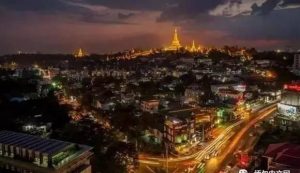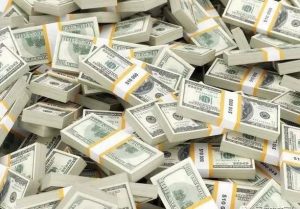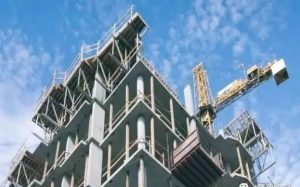Myanmar’s economy has developed rapidly in recent years, with GDP growth rate remaining at around 7%. Driven by investment represented by infrastructure, domestic demand has become the main driving force for Myanmar’s economic growth, and rapid export growth has also been another boost to Myanmar’s economic growth. The ongoing reform of business legislation is helping to optimize the domestic investment environment. Foreign investment in Myanmar’s manufacturing industry still maintains a strong momentum. The economic growth prospects are promising. It is expected that the economic growth rate will be around 7.2% in the next few years.

In order to attract foreign investment, Myanmar has developed a Myanmar investment plan with the help of the Japan International Cooperation Agency. In the next 20 years, the amount of investment into Myanmar is expected to reach 200 billion US dollars.

In the 2018-2019 fiscal year, foreign investment reached 4.2 billion U.S. dollars. However, the Rakhine State terrorist attack, some Western investment companies misunderstood Myanmar, so investor confidence was hit to a certain extent, and investment projects were delayed. If foreign companies apply for offshore oil blocks and mining exploration projects, the amount of foreign investment into Myanmar is expected to be a record.
Data show that from 1988 to the end of September 2019, a total of 50 countries and regions have invested in 12 economic sectors in Myanmar, with a total of 1,837 projects invested. The largest investments in Myanmar were made in Singapore and Thailand. The largest investment was in the oil and gas sector, with 27.38% of the investment; 25.87% in the power sector; and 14.08% in the industrial production sector.

After the NLD government came to power, it emphasized economically to attract foreign investment and allowed a wide range of foreign investment. Myanmar’s foreign investment is subject to national treatment. According to Myanmar’s new Investment Law, domestic investors and foreign investors enjoy equal treatment.
In addition to prohibited investment projects that endanger Myanmar’s national interests, foreign investors can participate in multi-sector investments. Myanmar encourages foreign investment to adopt BOT and PPP investment methods and actively invest in green environmental protection, high-tech, professional and international industries.
In addition, investors can lease private land or buildings for investment projects for a long period of time. The lease period is 50 years, which can be extended 2 more times for 10 years each time.

Myanmar is rich in natural resources. The main mineral deposits that have been proved are copper, lead, zinc, silver, gold, iron, nickel, ruby, sapphire, jade, etc., and some minerals are mined in large areas. Myanmar contains relatively rich oil and natural gas resources. Natural gas is one of the main products of Myanmar to earn foreign exchange. Myanmar has a forest coverage rate of 52% and rich forestry resources; the rivers are densely packed in the country, and the potential of available water resources is huge. In addition, Myanmar has low labor costs, and the United States and Europe provide GSP treatment to Myanmar, which has obvious advantages in labor-intensive industries.
Myanmar’s economic potential is huge. Relevant research institutions are generally positive on Myanmar’s medium-term outlook for reform, and it is expected that future economic growth will remain relatively strong. Myanmar’s domestic market has great potential and is an important channel connecting the two major markets of Southeast Asia and South Asia. It can extend the market to a certain extent.